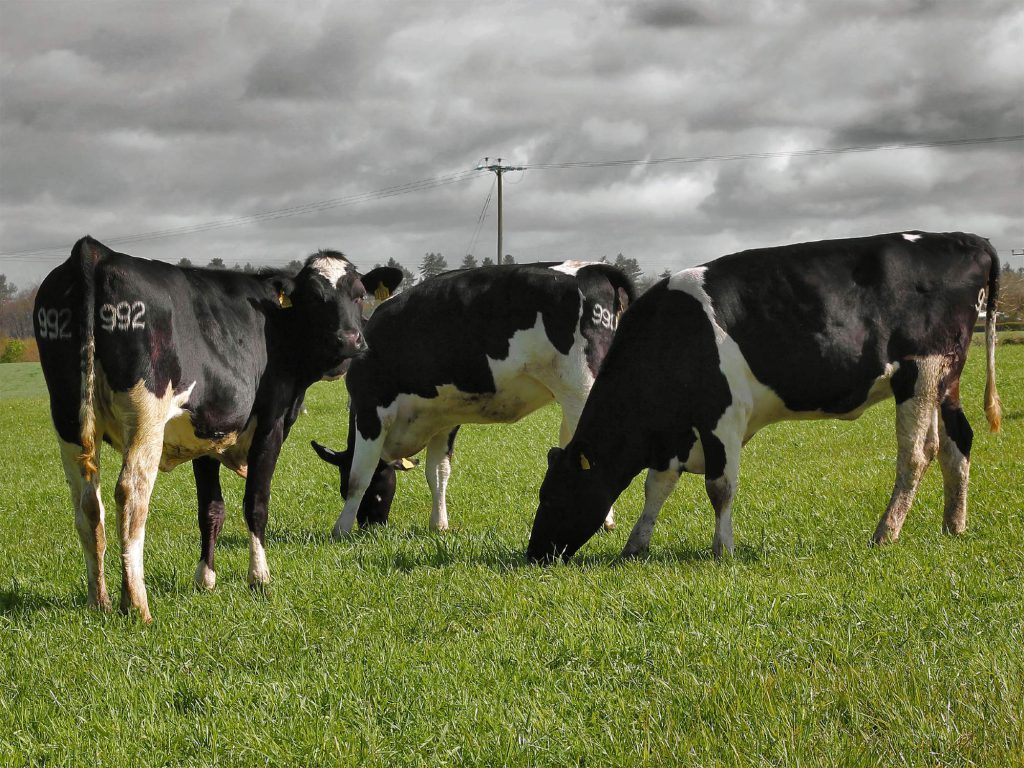Culling cows based on performance alone is a mistake, but this is often the tendency on Irish farms, rather than looking at other traits.
Other traits have an impact on profitability and should be considered when selecting cows to be culled.
There are over 1.5 million dairy cows in the country, with the national herd having an average replacement rate of 25% – more than 375,000 cows.
The culling of cows is an important part of managing a dairy herd, but culling based on production alone is a mistake.
There are several other factors that should be considered to ensure genetic gain within the herd is maximised.
Heifers
The culling of cows makes room for heifers to come into the herd. Many farmers have concerns about introducing too many heifers at the one time – which leads to cows being kept that should not have been.
Your heifers should be the best genetics within your herd. Whether you use the economic breeding index (EBI) system or not, an increase in genetic gain should be made by each new group of heifers.
Failure to do so means your herd is standing still and will ultimately lead to reduced profitability from the herd.

Culling cows
If you are culling cows simply on low production, you are ignoring other traits that have a big impact on your farm’s profitability.
Having a late-calving cow will effect the profit potential from that animal. These cows will eat more silage compared to an earlier calving cow and also have lower milk sales – which both impact on the profitability of the cow.
More than one-quarter of spring-calving dairy cows calved later than April 1, in 2019 and 2020.
Late-calving cows are generally older, higher-yielding cows and thus more prone to rapid body condition loss.
These cows also tend to be in-calf to longer-gestation-length beef bulls and consequently, are at greater risk of increased calving difficulty.
SCC
Similarly, a high somatic cell count (SCC) cow will have a negative impact on future profit. Not only can they have an impact on your milk cheque, but treatment of an infected cow can be expensive.
A single case of mastitis can potentially cost farmers between €250 to €300.
High SCC cows can also pass bacteria onto other cows, which can lead to healthy cows becoming infected.
Lameness
Other health issues such as lameness should also be considered when selecting cows that need to be culled. Lameness is an issue on the vast majority of farms.
On average, one lameness case can cost a dairy farmer €300/year.
The grazing systems operated in Ireland mean that cows are required to walk to grazing. This often leads to issues with white line disease and bruising (which can develop into ulcers).
Because of this, cows that continue to have issues with their feet should be considered for culling.
When selecting a cow to be culled, it is important to look past just production. A cow may produce more than other cows, but treatment of lameness or mastitis may have actually made that cow less profitable.
